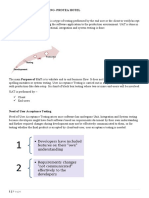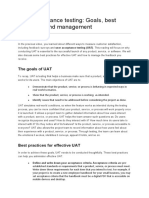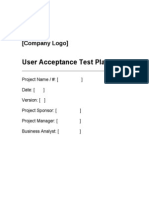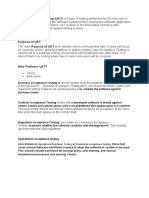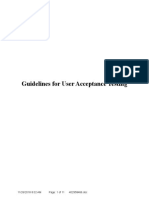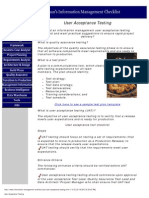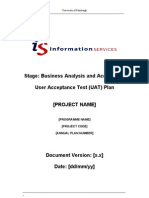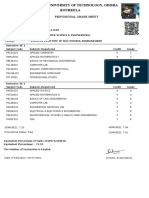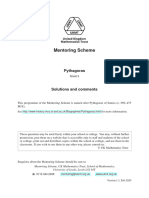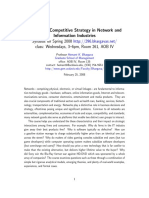0% found this document useful (0 votes)
95 views15 pagesUser Acceptance Testing
This ebook from Usersnap provides a comprehensive guide on User Acceptance Testing (UAT), covering its definition, importance, and the necessary steps to conduct it effectively. It outlines the prerequisites for starting UAT, the roles involved, and best practices for planning, executing, documenting, and evaluating the process. Additionally, it highlights the use of UAT tools, particularly Usersnap, to streamline feedback and enhance collaboration during testing.
Uploaded by
Deven PatelCopyright
© © All Rights Reserved
We take content rights seriously. If you suspect this is your content, claim it here.
Available Formats
Download as PDF, TXT or read online on Scribd
0% found this document useful (0 votes)
95 views15 pagesUser Acceptance Testing
This ebook from Usersnap provides a comprehensive guide on User Acceptance Testing (UAT), covering its definition, importance, and the necessary steps to conduct it effectively. It outlines the prerequisites for starting UAT, the roles involved, and best practices for planning, executing, documenting, and evaluating the process. Additionally, it highlights the use of UAT tools, particularly Usersnap, to streamline feedback and enhance collaboration during testing.
Uploaded by
Deven PatelCopyright
© © All Rights Reserved
We take content rights seriously. If you suspect this is your content, claim it here.
Available Formats
Download as PDF, TXT or read online on Scribd
/ 15






